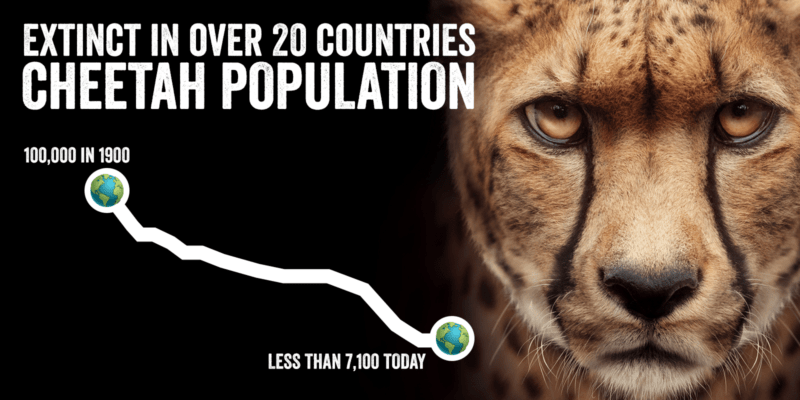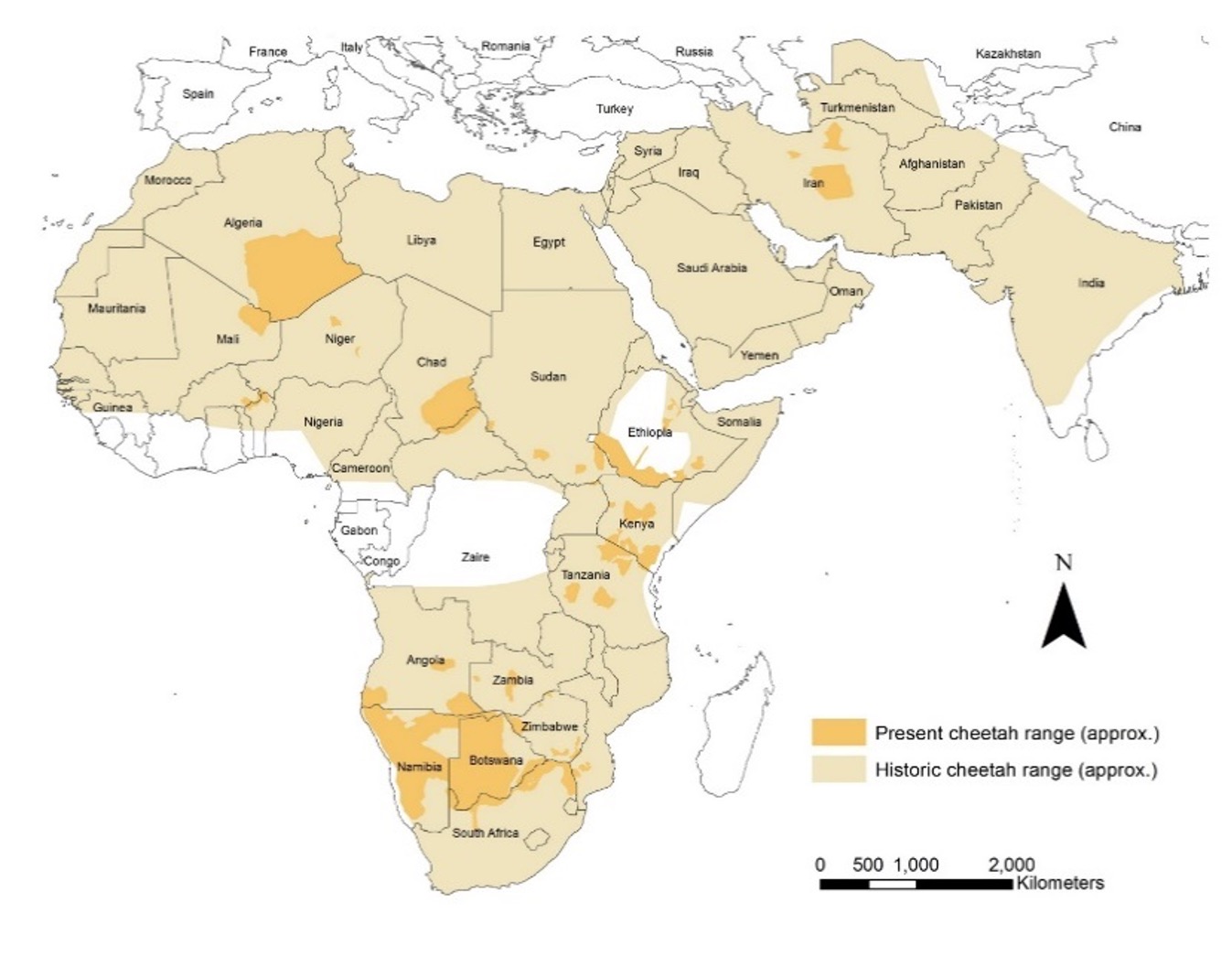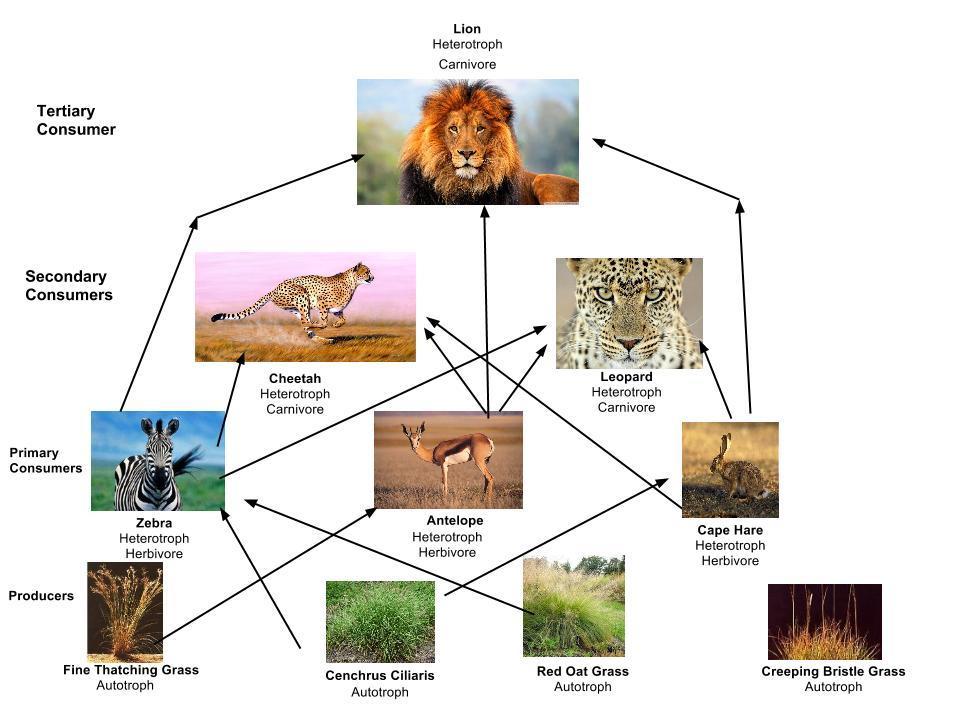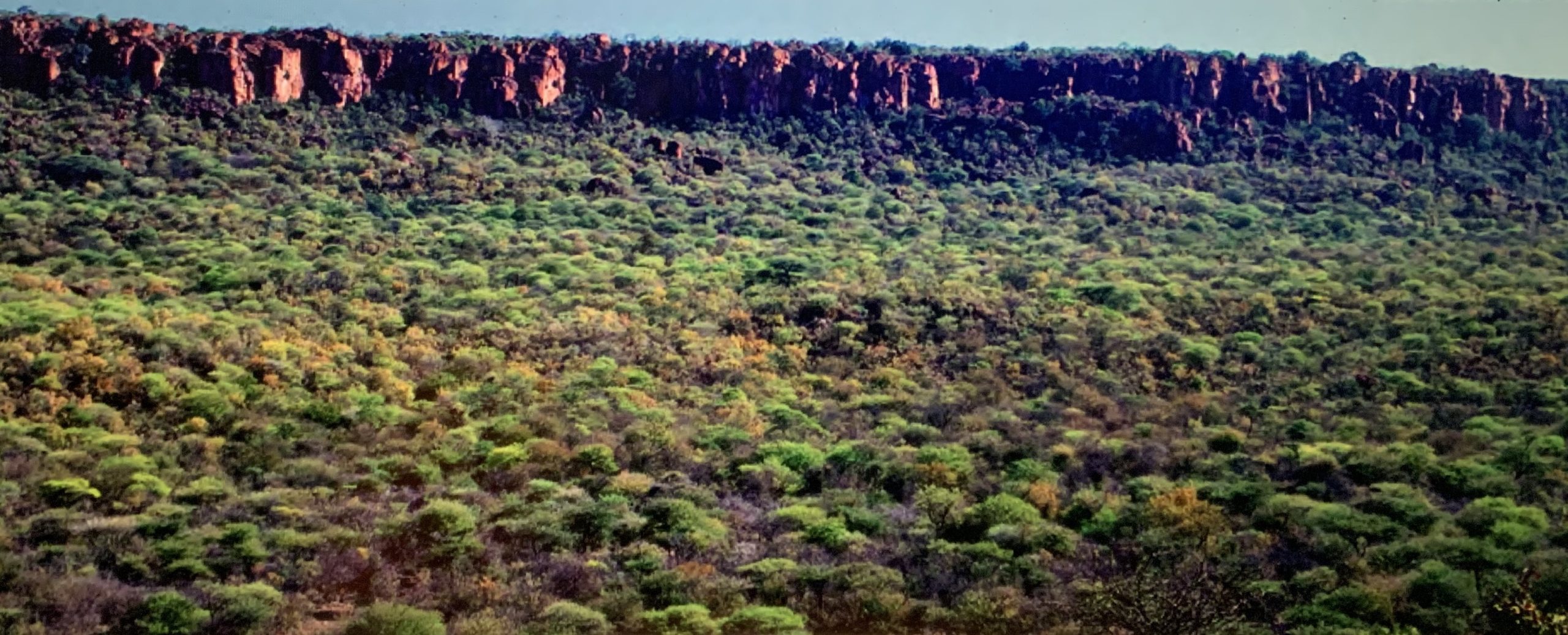Why Save The Cheetah from Extinction?

The cheetah is at risk of becoming extinct in our lifetimes. This magnificent big cat, the fastest land animal in the world, has existed on the planet for four million years.
Cheetahs once ranged across nearly the entire African continent and into Asia from the Arabian Peninsula to eastern India. Today, cheetahs are found in only 23 per cent of their historic African range and are extinct in Asia except for a very small population in Iran (fewer than 20).

Cheetahs are often meaningful to people of all ages, perhaps first awakening a fascination in us as children or once we are adults, with the chance to see cheetah in the wild or a nature documentary that provides remarkable photography of the cheetah at rest and in action.
Why Save the Cheetah?
We exist in the same ecosystems as the fauna and flora surrounding. Cheetahs bring tangible benefits to the ecosystems that they inhabit.
Cheetahs live primarily in grasslands and benefit the ecosystem by keeping the animals it hunts at healthy populations. They typically hunt the weak and slowest of several species of animals. As apex predators, their presence helps promote animal and plant diversity, by regulating the populations of grazing animals, and thereby reducing pressure on trees and plants, which in turn are critical to the survival of bird and smaller animals.
If cheetahs no longer existed, there would be a domino effect, what we refer to as a ‘trophic cascade’. There would be too many herbivores resulting in loss of vegetation, greater soil erosion, less available water, and a negative impact on the health of the ecosystem.
In addition to supporting biodiversity and ecological health, cheetahs bring significant economic benefits to local communities coexisting with them. Their presence attracts eco-tourism, generating revenue that can make conservation efforts more sustainable and impactful.
Thus, saving the cheetah involves more than just protecting one species; it has widespread implications for ecosystems, local economies, and environmental stewardship, ultimately fostering a healthier planet for all.
Key Threats to the Survival of the Cheetah:
Human-Wildlife Conflict
Surprisingly, cheetahs do not fare well in protected areas like national parks and wildlife reserves. This is because these areas normally contain high densities of other larger predators like the lion, leopard, and hyena, all of which compete with cheetahs for prey. Given the opportunity, those other predators will also prey on cheetahs and cheetah cub mortality can be very high.
Nearly 77 per cent of cheetahs in Africa live in open areas and on private farmlands, so they often come into conflict with people, especially farmers. Cheetahs are killed in retaliation for livestock predation or because of their perceived threat to human livelihood.
Loss of Habitat
Cheetahs require vast expanses of land with suitable prey, water, and cover sources to survive. The cheetah’s movement across large areas of land depends on the availability of corridors and landscapes that are connected. As wild lands are destroyed and fragmented by human development and expansion, the cheetah’s available habitat is diminished. Numerous landscapes across Africa that once supported thousands of cheetahs now struggle with far fewer numbers.
Illegal Wildlife/Pet Trade
Cheetah trafficking in the Horn of Africa has reached crisis status. Each year an estimated 300 cubs are illegally snatched from the landscape, taken from their mothers to supply the illegal wildlife/pet trade.
These cheetahs, primarily in small populations in the region are truly wild, living in remote areas with little interaction with humans. Rescuing cheetahs from the illegal wildlife trade and restoring these populations have the potential to make a big difference to this species.
Stopping the wildlife trade will have benefits not only to the cheetah itself, but to the safety and civic security in the region. Eradicating wildlife crime has very positive impacts on local communities and in tune, our collective security.
Cheetahs Have a Narrow Gene Pool
About 12,000 years ago, a mass extinction occurred that eliminated 75 per cent of the world’s large mammal species. Fortunately, a handful of cheetahs managed to survive this extreme extinction event and were able to restore the world’s population of cheetahs.
This event caused an extreme reduction of the cheetah’s genetic diversity however, resulting in the physical homogeneity of today’s cheetahs. Poor sperm quality, focal palatine erosion, susceptibility to infectious diseases, and kinked tails characteristic of the majority of the world’s cheetahs are all ramifications of the low genetic diversity within the global cheetah population. In addition, cheetah do not breed well in captive setting and are susceptible to disease. One disease can wipe out an entire population.
How is Cheetah Conservation Fund Addressing These Threats?
We focus on the following programs:
Educational Programs / School Outreach
Livestock Guarding Dog Program
Learn more about these programs and help us to save the cheetah from extinction.


